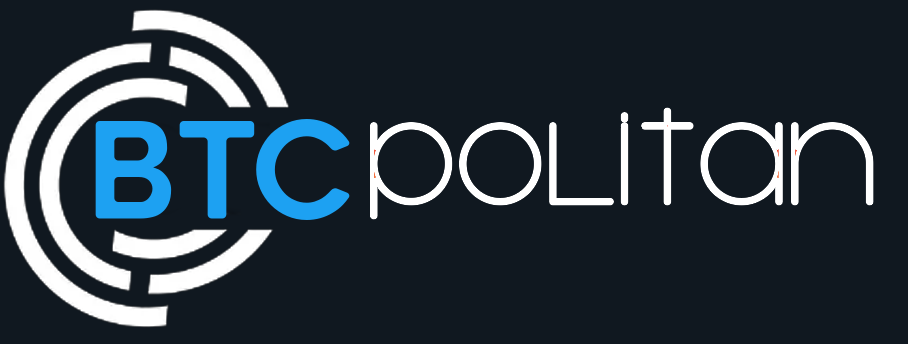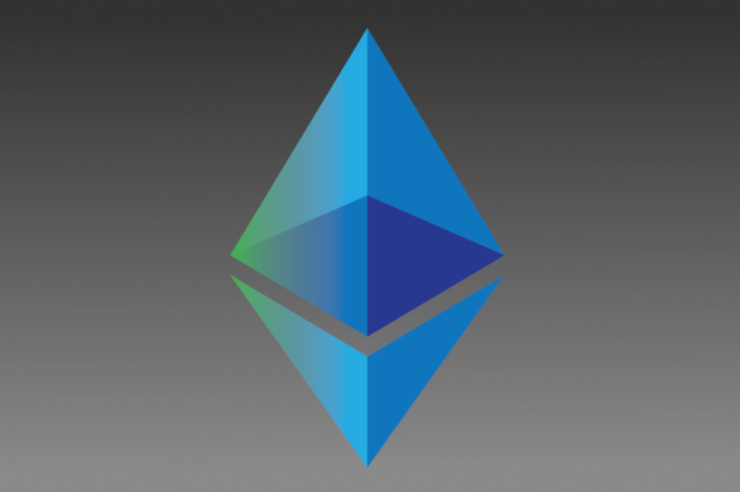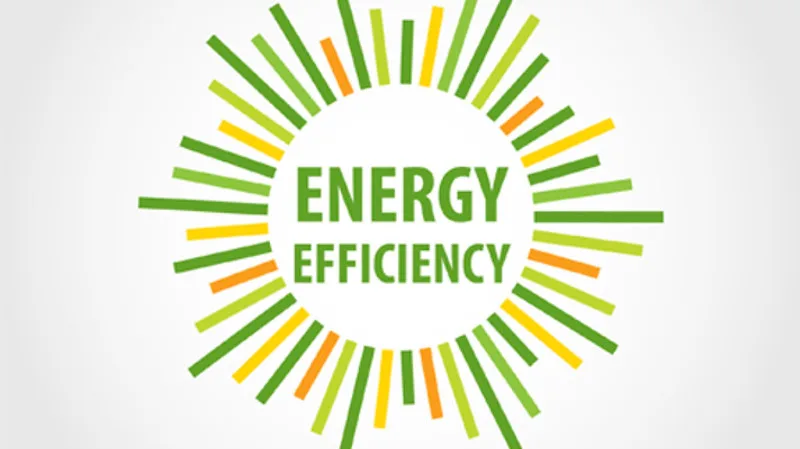Ethereum 2.0, also known as Eth2 or Serenity, signifies a significant upgrade to the original Ethereum blockchain. This ambitious transformation aims to tackle crucial concerns like scalability, security, and energy efficiency. By transitioning from proof-of-work (PoW) to proof-of-stake (PoS) consensus mechanism, Ethereum 2.0 substantially enhances network efficiency.
Additionally, it incorporates shard chains which bolster transaction throughput and smart contract execution capability. Through these advancements, Ethereum 2.0 strives to establish itself as a sustainable, faster, and more versatile blockchain solution – cementing its leadership in decentralized applications and the broader blockchain ecosystem.
Ethereum 2.0?
Ethereum 2.0 signifies a remarkable transition in the network’s consensus algorithm. Instead of relying on the resource-intensive proof-of-work algorithm, the Eth2 upgrade (now known as the consensus layer upgrade) facilitates a switch to a more efficient proof-of-stake algorithm.
A Proof of Stake (PoS) algorithm offers several advantages over a Proof of Work (PoW) algorithm. It allows for adjustments in key network aspects, including scalability, security, and accessibility, thereby enhancing
Ethereum vs Ethereum 2.0
Ethereum, the original blockchain, operates on a Proof of Work (PoW) consensus, requiring miners to solve complex mathematical puzzles. This energy-intensive process is the backbone of securing the network, but it has led to scalability issues and environmental concerns. Ethereum’s PoW mechanism has been central to its operation since its launch.
Ethereum 2.0 represents a significant transformation in the network’s technology, signaling a fundamental shift from PoW to a PoS consensus mechanism. In the PoS framework, validators are selected based on their cryptocurrency stakes and collateral to generate new blocks and validate transactions. This transition leads to a notable reduction in energy consumption, rendering Ethereum 2.0 more environmentally friendly.
Furthermore, Ethereum 2.0 strives to overcome scalability limitations by implementing shard chains. The shard chains allow for parallel processing of transactions and smart contracts, resulting in enhanced scalability while maintaining sustainability aligned with the ever-evolving demands of blockchain technology.
By embracing these advancements, Ethereum 2.0 emerges as an energy-efficient and scalable solution that effectively addresses the necessity for sustainable blockchain technologies geared towards long-term success.
Proof-of-stake vs. proof-of-work
Proof-of-Stake (PoS) and Proof-of-Work (PoW) represent a significant shift in Ethereum 2.0, aimed at addressing the limitations of the original Ethereum network. In Ethereum’s initial version, PoW served as the consensus mechanism, characterized by its energy-intensive mining process. Miners compete to verify transactions and create new blocks by solving complex puzzles.
Ethereum 2.0 brings a contrasting approach by adopting Proof of Stake (PoS), which eliminates the energy-intensive mining process. Instead, validators are selected based on the amount of cryptocurrency they “stake” as collateral to create blocks and validate transactions. This PoS method offers enhanced energy efficiency and sustainability.
While concerns have been raised regarding potential centralization due to the influence of those with larger cryptocurrency holdings, the focus remains on maintaining security through economic incentives. Validators who engage in malicious activities risk losing their stake, thus acting as a strong deterrent against dishonest behavior.
The transition to PoS in Ethereum 2.0 demonstrates a dedication to both sustainability and scalability, effectively addressing the changing needs of the blockchain landscape.
Key Features of Ethereum 2.0
Ethereum 2.0 introduces several key features that set it apart from the original Ethereum network. These features have been specifically designed to address concerns related to scalability, security, and sustainability.
Beacon Chain:
The Beacon Chain serves as an influential PoS blockchain that effectively coordinates the shard chains, ensuring the overall security and consensus of the network. This parallel system operates alongside the original PoW chain during the transitory phase.
Security:
Ethereum 2.0 ensures its security through the (PoS) mechanism. Validators are required to hold a stake in the network, and if they engage in malicious activities, they risk losing their collateral. This creates a strong economic deterrent against dishonest behavior.
Energy Efficiency:
Positively, the implementation of PoS (Proof-of-Stake) revolutionizes Ethereum 2.0 by eliminating the energy-intensive mining process, resulting in a significant boost to its energy efficiency and environmental friendliness.
Enhanced Scalability:
The combination of shard chains and PoS greatly improves the network’s scalability. This enhancement enables it to efficiently process a large volume of transactions and smart contracts.
Full Functionality:
Ethereum 2.0 aims to achieve full functionality by activating all shards and completing the transition from PoW to PoS. This upgrade will create a more scalable and sustainable platform for decentralized applications and smart contracts.
Shard Chains:
Ethereum 2.0 introduces shard chains. These shard chains divide the network into smaller chains that have the ability to process transactions and smart contracts simultaneously. This implementation greatly enhances scalability
Evolutionary Stages of Ethereum 2.0
Shard Chains:
In this stage, Ethereum 2.0 introduces shard chains. These smaller chains run parallel to the Beacon Chain and assist in processing transactions and smart contracts, thereby significantly enhancing the network’s scalability through parallel processing.
Beacon Chain:
The Beacon Chain, introduced in December 2020 as the first stage of Ethereum’s transition, operates alongside the original PoW chain. Its primary purpose is to coordinate the PoS system, where validators stake their ETH to participate. This marks a significant milestone in Ethereum’s journey toward embracing PoS.
Full Functionality:
Ethereum 2.0, currently in its developmental phase, is steadily moving forward to achieve full functionality. By incorporating shard chains and transitioning to proof-of-stake consensus mechanism, it aims to enhance scalability, security, and energy efficiency. This progress ensures a strong foundation for decentralized applications.
The three stages of Ethereum 2.0 bring about a substantial improvement to the Ethereum network. This upgrade addresses and resolves previous limitations, positioning Ethereum as a versatile and efficient platform for the ever-evolving realm of decentralized applications and cryptocurrencies.
Present condition of Ethereum 2.0?
At that time, the implementation process of Ethereum 2.0 was still ongoing with several planned modifications yet to be completed. The initial phase of Ethereum 2.0, known as the Beacon Chain, was rolled out in December 2020 and introduced the Proof of Stake (PoS) mechanism. However, further stages involving shard chains activation and achieving full functionality are still being developed.
To get the most up-to-date information on the current state of Ethereum 2.0, I recommend checking official Ethereum sources, developer updates, and blockchain news platforms, as the status of blockchain projects can change rapidly, and progress may have been made since my last update in January 2022.
Progress of Ethereum 2.0
The progress of Ethereum 2.0, known as ETH 2.0 or Serenity, marks a turning point in the development of blockchain technology. As a widely utilized blockchain platform, Ethereum has encountered challenges relating to scalability and energy efficiency due to its original proof-of-work (PoW) consensus mechanism. To tackle these issues, Ethereum 2.0 aims to transit towards a proof-of-stake (PoS) system and implement shard chains.
Ethereum 2.0 brings forth a significant advancement through the introduction of shard chains. The shard chains, set to be implemented in Phase 1. It has the capability to process transactions and execute smart contracts simultaneously. This parallel processing greatly enhances the network’s capacity and throughput, addressing the crucial need for scalability as Ethereum faces increasing demand.
By ensuring its ability to support decentralized applications, DeFi projects, and more, this upgrade guarantees that Ethereum remains a robust and valuable platform. Ongoing research, development, and feedback are set to enhance the security, performance, and sustainability of Ethereum 2.0. This positions it as a key player in the blockchain industry and potential grounds for future decentralized application creation.
Impacts of Ethereum 2.0 Implementation
Ethereum 2.0, also known as ETH 2.0, is generating a great deal of interest and anticipation within the blockchain community. This upcoming upgrade aims to improve the scalability, security, and sustainability of the Ethereum network. One significant change involves shifting from the current Proof of Work (PoW) consensus mechanism to Proof of Stake (PoS). This transition expects to greatly enhance energy efficiency and transaction processing capabilities.
With the imminent arrival of ETH 2.0, the community eagerly awaits several crucial outcomes. Foremost among them is the transition to Proof of Stake (PoS), which promises to dramatically reduce energy consumption associated with mining operations. This shift will make Ethereum more environmentally friendly and sustainable. Moreover, there is great anticipation that ETH 2.0 will significantly enhance transaction processing capacity, alleviating congestion issues and lowering gas fees.
Furthermore, this major upgrade holds immense potential for reinforcing the security and decentralization of the Ethereum blockchain, establishing a solid foundation for its future development. As ETH 2.0 continues its rollout, a transformative evolution beckons within the blockchain landscape.
Conclusion
Ethereum 2.0 offers a monumental transfer to the Ethereum network with the launch of Proof of Stake, more safety, and raised scalability. It has the ability to totally change localized applications and the blockchain industry with its trade into a quicker and more energy-efficient network.





Comments (No)